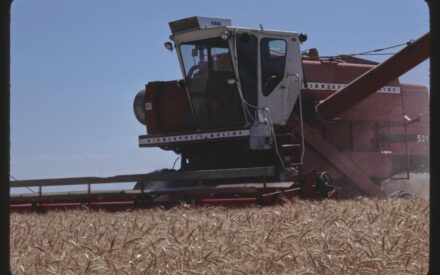Crop Insurance is quite the commodity. It combines insurance (lawyers, accountants, and mathematicians) with government. If that doesn’t sound scary, you’re probably in the minority. That fact aside, crop insurance in the U.S. has actually been designed to help farms cost-effectively manage their production risk. In the process of doing so, crop insurance policies can also decrease the risk you have when you conduct pre-harvest marketing plans.
Why even consider having crop insurance?
- Likely required by a lender to get an operating loan.
- Investment protection: Can your farm survive if your crops are wiped out?
- Peace of mind in stressful weather conditions.
- Allows you the opportunity to manage risk without having to pay the full cost of the right to do so. Why? Federal subsidies of the premiums.
What is crop insurance, really?
The full name of crop insurance is Multi-peril Crop Insurance (MPCI). MPCI is authorized by Congress in the ‘Farm Bill’ and managed by the USDA Risk Management Agency (RMA).
Premiums are set by law and do not vary by provider. In other words, you can’t shop around for a better price. However, you can shop around to find people you trust, better add-on services, and better communication.
Scott Reuss, Regional Crops Educator and Associate Professor, discusses crop insurance basics.
Seasonal Timing
All spring planted crops’ crop insurance policies need to be signed up with an accredited agent by March 15.
Fall planted crops’ policies need to be signed up by September 15.
If your planting plans change after signing up, you will have some flexibility to move acres between crops & situations, but only if you have a policy in place for the acres involved.
The graphic below shows the earliest allowed planting date for corn and soybeans in WI. Planting prior to these dates disallows replant coverage. Replant coverage essentially pays an indemnity to be able to replant a crop in the case of an establishment failure.

These dates are an example of changes, as these dates were new for the 2023 planting season. Other changes that occurred for 2023 were detailed in this article about 2023 crop insurance changes.


 A Brief History of Crop Insurance
A Brief History of Crop Insurance Evaluating a Farmer’s Risk Tolerance
Evaluating a Farmer’s Risk Tolerance Identifying the components and sources of risk on the farm
Identifying the components and sources of risk on the farm Crop Insurance: Additional Rules, Opportunities, and Resources
Crop Insurance: Additional Rules, Opportunities, and Resources


